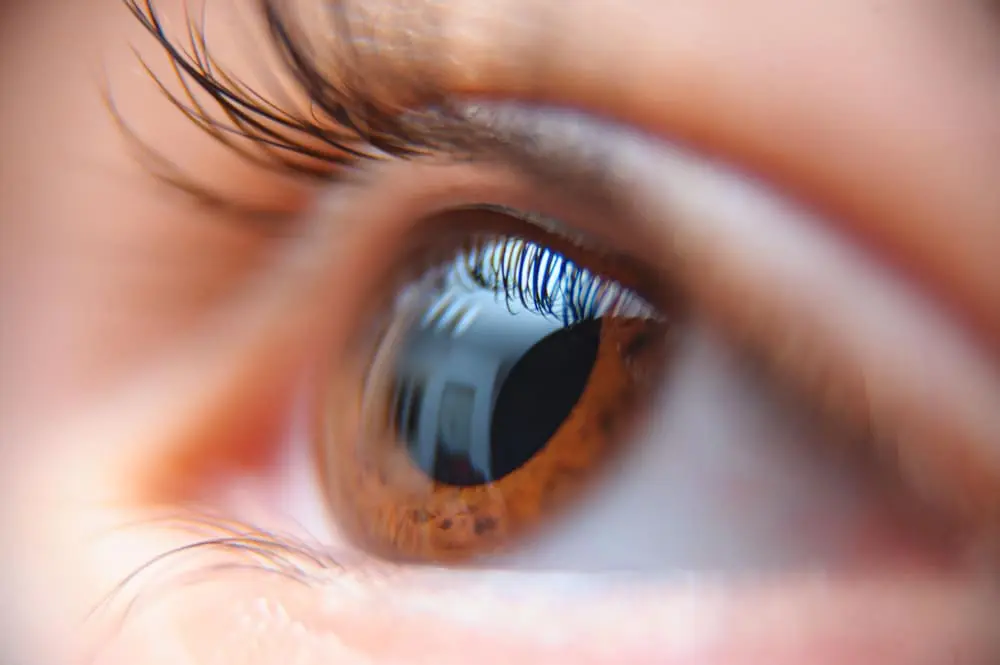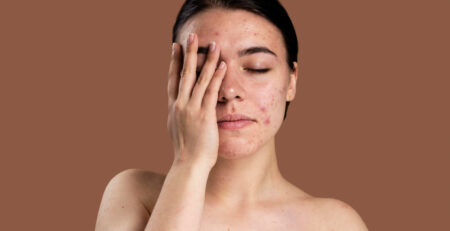Diabetic Retinopathy: Causes, Symptoms, and Treatment
Diabetes is a serious condition that affects millions of people worldwide. One of the most common complications of diabetes is diabetic retinopathy. This eye disease can lead to vision problems and even blindness if not properly managed. Understanding diabetic retinopathy is crucial for those living with diabetes, as early detection and treatment can prevent severe outcomes. In this article, we will explore the causes, symptoms, and treatment options for diabetic retinopathy.
What is Diabetic Retinopathy?
Diabetic retinopathy is a complication of diabetes that affects the eyes. It occurs when high blood sugar levels cause damage to the blood vessels in the retina, the light-sensitive tissue at the back of the eye. Over time, these damaged blood vessels can leak fluid or bleed, distorting vision. If left untreated, diabetic retinopathy can progress and lead to severe vision loss or blindness.
Causes of Diabetic Retinopathy
The primary cause of diabetic retinopathy is prolonged high blood sugar levels. When blood sugar is consistently high, it can cause damage to the small blood vessels in the retina. There are several factors that can increase the risk of developing diabetic retinopathy:
Duration of Diabetes: The longer you have diabetes, the greater the risk of developing diabetic retinopathy. Those who have had diabetes for many years are more likely to experience retinal damage.
Poor Blood Sugar Control: Consistently high blood sugar levels increase the risk of retinopathy. Managing blood sugar levels is essential to prevent this complication.
High Blood Pressure: Hypertension can damage blood vessels and exacerbate the effects of high blood sugar on the retina.
High Cholesterol Levels: Elevated cholesterol can contribute to the development of diabetic retinopathy by affecting blood vessel health.
Smoking: Smoking increases the risk of many diabetes complications, including retinopathy. It impairs blood circulation and oxygen delivery to the retina.
Pregnancy: Pregnant women with diabetes are at higher risk of developing diabetic retinopathy. Hormonal changes during pregnancy can affect blood sugar levels and blood vessels.
Symptoms of Diabetic Retinopathy
Diabetic retinopathy often has no early warning signs. Many people do not notice any changes in their vision until the condition becomes severe. However, some symptoms can indicate the presence of diabetic retinopathy:
Blurred Vision: As the blood vessels in the retina become damaged, vision may become blurred or distorted. This can make it difficult to read, drive, or perform other daily activities.
Floaters: These are dark spots or strings that float in your field of vision. They are caused by bleeding or leakage of fluid into the eye.
Dark or Empty Areas in Vision: You might notice dark or empty spots in your vision, indicating areas where the retina is not functioning properly.
Difficulty Seeing at Night: Night vision may be impaired, making it hard to see in low-light conditions.
Sudden Vision Loss: In advanced stages, diabetic retinopathy can cause sudden and severe vision loss due to bleeding or retinal detachment.
Stages of Diabetic Retinopathy
Diabetic retinopathy progresses through several stages. Understanding these stages can help in identifying the severity of the condition and determining the appropriate treatment:
Mild Non proliferative Retinopathy: This is the earliest stage, characterized by the presence of microaneurysms, which are small areas of balloon-like swelling in the blood vessels of the retina.
Moderate Non proliferative Retinopathy: As the disease progresses, some blood vessels that nourish the retina are blocked. This stage indicates worsening retinal damage.
Severe Non proliferative Retinopathy: More blood vessels are blocked, depriving areas of the retina of their blood supply. This prompts the retina to signal for the growth of new blood vessels.
Proliferative Diabetic Retinopathy: In the most advanced stage, new blood vessels begin to grow in the retina and into the vitreous gel. These new vessels are fragile and can leak blood, causing severe vision problems and potentially leading to retinal detachment.
Diagnosing Diabetic Retinopathy
Early detection of diabetic retinopathy is essential to prevent vision loss. Regular eye exams are crucial for those with diabetes. During an eye exam, an ophthalmologist may use several methods to detect diabetic retinopathy:
Dilated Eye Exam: The doctor will dilate your pupils using eye drops to get a better view of the retina. This allows for a thorough examination of the retina and detection of any abnormalities.
Fluorescein Angiography: This test involves injecting a fluorescent dye into your arm. The dye travels to the blood vessels in the retina, making them visible under a special camera. This helps identify any leaking blood vessels or blockages.
Optical Coherence Tomography (OCT): OCT is an imaging test that provides detailed cross-sectional images of the retina. It helps detect any fluid accumulation or swelling in the retinal layers.
Treatment of Diabetic Retinopathy
The treatment of diabetic retinopathy depends on the severity of the condition. Early stages may not require immediate treatment but do require careful monitoring and good diabetes management. Here are some common treatment options:
- Blood Sugar Control
Maintaining good blood sugar control is the most crucial aspect of managing diabetic retinopathy. Keeping blood sugar levels within the target range can slow the progression of the disease and prevent further damage to the retina.
- Medications
In some cases, medications may be prescribed to manage diabetic retinopathy. These injections help reduce the growth of new blood vessels and decrease fluid leakage in the retina. They are often used in cases of proliferative retinopathy and macular edema. These medications can reduce inflammation and swelling in the retina. They are sometimes used in combination with other treatments.
- Laser Treatment
Laser treatment, also known as photocoagulation, is a common treatment for diabetic retinopathy. It involves using a laser to seal or shrink abnormal blood vessels in the retina. This helps prevent further leakage and bleeding. There are two types of laser treatments:
- Focal Laser Treatment
This targets specific areas of the retina with abnormal blood vessels. Scatter Laser Treatment: This involves treating the peripheral retina with multiple laser burns to reduce the growth of new blood vessels.
- Vitrectomy
Vitrectomy is a surgical procedure used in advanced cases of diabetic retinopathy. It involves removing the vitreous gel from the eye and replacing it with a clear solution. This procedure can help clear blood from the vitreous and repair any retinal damage.
Lifestyle Changes
Making healthy lifestyle choices can also help manage diabetic retinopathy:
- Healthy Diet: Eating a balanced diet rich in fruits, vegetables, and whole grains can help control blood sugar levels.
- Regular Exercise: Physical activity helps manage blood sugar and overall health.
- Avoiding Smoking: Quitting smoking can improve blood circulation and reduce the risk of complications.
Regular Eye Exams
Frequent eye exams are essential for monitoring the progression of diabetic retinopathy. Early detection and treatment can prevent severe vision loss and improve outcomes.
Prevention of Diabetic Retinopathy
Preventing diabetic retinopathy involves managing diabetes effectively and adopting a healthy lifestyle. Here are some preventive measures:
Regular Monitoring: Keep track of your blood sugar levels and follow your doctor’s recommendations for managing diabetes.
Healthy Diet: Eat a balanced diet that includes plenty of fruits, vegetables, lean proteins, and whole grains.
Exercise Regularly: Engage in regular physical activity to help maintain healthy blood sugar levels.
Avoid Smoking: If you smoke, seek help to quit. Smoking increases the risk of diabetic complications.
Control Blood Pressure and Cholesterol: Manage your blood pressure and cholesterol levels through diet, exercise, and medication if necessary.
Regular Eye Exams: Schedule regular eye exams with an ophthalmologist to detect any early signs of retinopathy.
Conclusion
Diabetic retinopathy is a serious complication of diabetes that can lead to vision loss if not properly managed. Understanding the causes, symptoms, and treatment options is crucial for those living with diabetes. By maintaining good blood sugar control, undergoing regular eye exams, and adopting a healthy lifestyle, individuals can reduce their risk of developing diabetic retinopathy and protect their vision. Early detection and treatment are key to preventing severe outcomes and maintaining a good quality of life.









